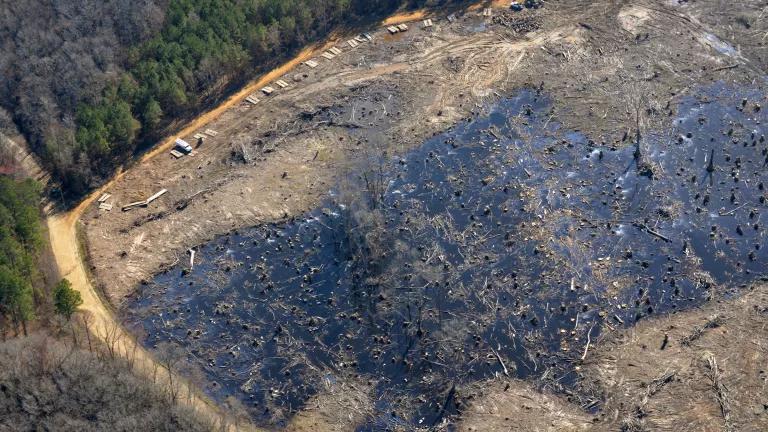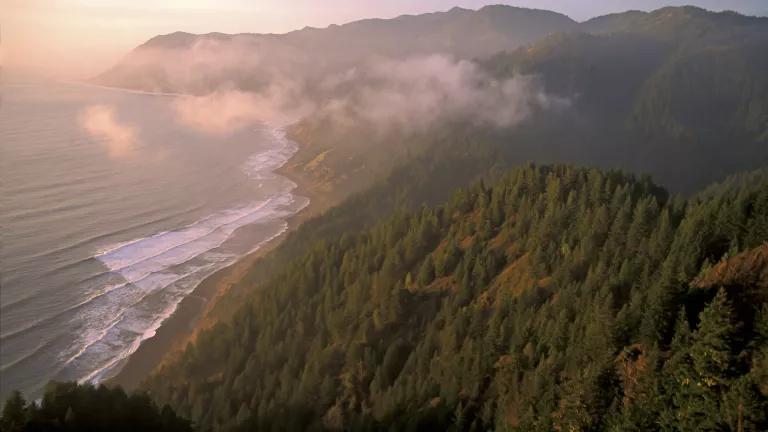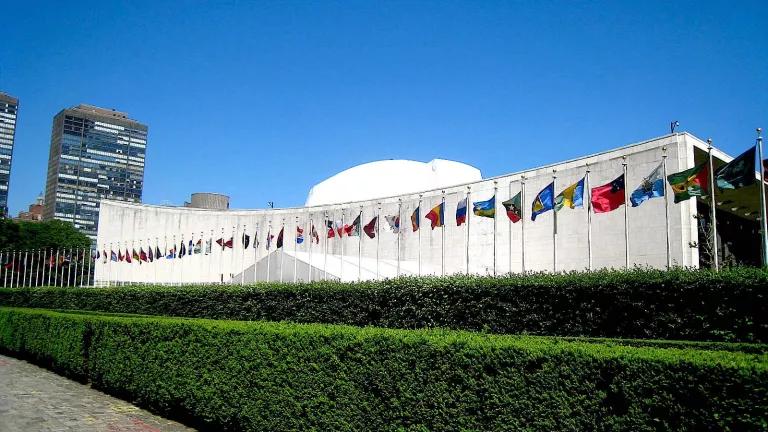i-Tree Eco Now Available in Mexico

This blog was authored by Andrés Anchondo. He works with NRDC’s Latin America Project researching on conservation finance to conserve Latin America’s natural resources.
Probably one of the first things you think when you hear the word “trees” is a green and pristine forest, right? But, what about trees in cities? How important are they? Do we care about them in Latin America? I went to Mexico to the 1st International Congress on Urban Parks to find out.
Latin America is the most urbanized region in the world, with 80 percent of people living in cities now and almost 90 percent expected to do so by 2050. As cities grow larger, having good quality air and access to potable water will be more challenging than ever. Trees in cities, also known as urban trees, can be found in backyards, boulevards, or city parks, and they provide a wide range of benefits that can help to address these challenges. For example, urban trees sequester polluted air, and help stormwater management (known as green infrastructure). Their shade cools down city streets during summer, and provide habitat for native and migratory birds and pollinators.
Despite the return on investment of $2.25 for every dollar invested and the rest of benefits that urban trees provide, a report found that cities in the U.S. are not sufficiently investing in urban woodlands. Cities in the United States invest nearly $6 per capita, whereas the ideal amount is closer to $8. Is there any reason to believe that it is any different in cities in Latin America? In the capital of Peru, Lima, urban trees cover only 1 percent of the city.
Aware of this issue, the U.S. Forest Service International Programs (USFS IP), under the North American Forest Commission, and in cooperation with the Davey Institute, launched i-Tree Eco Mexico during the 1st International Congress on Urban Parks in Merida, Mexico. In a nutshell, i-Tree Eco Mexico is a public software that can tell people the economic value, in Mexican pesos, of any tree(s) in 33 urban areas in Mexico –home to almost 83 percent of the country’s population, according to the presenters.
This tool will allow city planners, natural resource managers, and regular citizens in Mexico to quantify ecosystems services from urban trees and obtain an estimated monetary value for each tree. i-Tree Eco Mexico is a user-friendly software that will allow decision makers, from community groups to city mayors in Mexico to understand the economic, ecological and cultural value of trees.

The people involved in the project admitted that given the diversity of trees species and the availability of pollution and climate indicators of Mexican cities around the country the project was challenging. However, they are confident this project has the potential to be replicated in other countries in Latin America.
Could you imagine telling your city council or mayor that by investing in more trees the city can produce X amount of avoided costs? Decision makers would likely think differently once they see the dollar sign ($) in any proposal to increase the number of trees in their city or protect existing ones.
To learn more about how NRDC is helping create greener cities, check out our work on Sustainable Cities.
To download i-Tree ECO Mexico follow this link.



